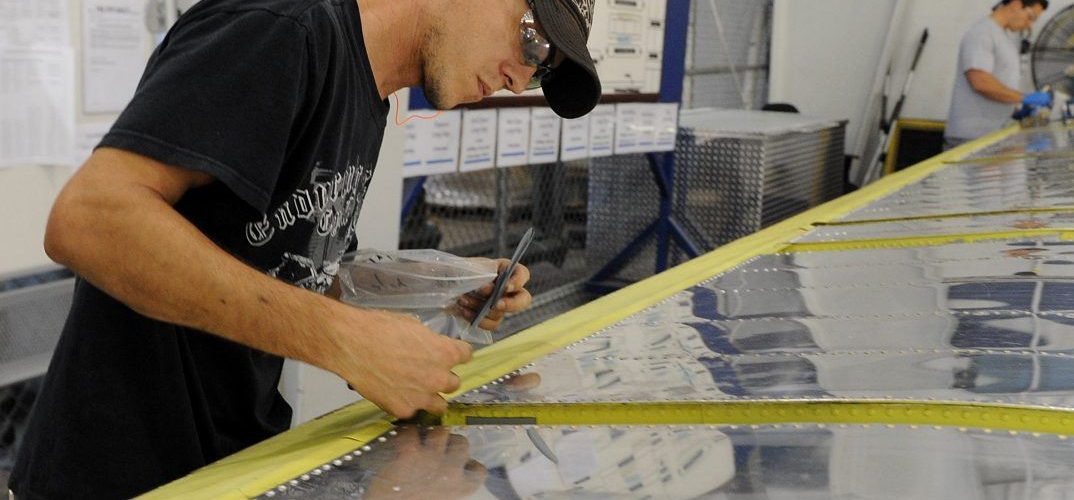“With close to 200,000 soldiers leaving the Army each year, the need for a program to better integrate the trained workforce into civilian life could not be more vital.”
The Army is committed to ensuring lifelong success for our soldiers and their families by connecting them with opportunities for career skills and employment, post military service.
During my tenure as a military transition/career counselor with the Department of the Army, my colleagues and I helped hundreds of transitioning soldiers make informed career decisions through benefits and employment assistance counseling. One of the common threads I found as I worked with soldiers was the need for a clear sense of where they have been, where they are at present, and where they want to go with the rest of their lives.
The reality of military jobs and careers is that they eventually come to an end for everyone involved. That transition to the civilian world is extremely challenging, but if done properly, can lead to a most rewarding career. If done haphazardly, the transition may result in finding the wrong job.
The Career Skills Program (CSP) is one of the more recent programs to roll-out. It encourages eligible soldiers to capitalize on training opportunities during transition — it focuses on turning their military skills into post-service careers.
Why is this important?
The Career Skills Program aims to set conditions for post-service careers as well as decrease high unemployment compensation paid to veterans. Permissive temporary duty authority allows more soldiers to participate in and select CSPs located outside of the 50-mile restriction. Partner employers recognize the importance Army values and ethos bring to their companies, and the benefits from temporary duty opportunities this program can bring.
The Career Skills Program is authorized by the Veterans Opportunity to Work Act, as enabled by Department of Defense directive (DODI 1322.29) and includes opportunities for participation in pre-apprenticeship/apprenticeship, internships, job shadowing, on-the-job training and employment skills training.
To be eligible, soldiers must expect to be honorably discharged or discharged under honorable conditions, and released from active duty within 180 calendar days of starting a CSP. Commanders must authorize participation, which was previously limited to a 50-mile radius from a soldier’s home station.
What has the Army done?
Army Personnel Command (G1) delegated authority to the IMCOM (Installation Management Command) commander in December 2016 to authorize the use of permissive temporary duty (PTDY) to support soldier attendance at CSPs outside of the previously restricted 50-mile radius. The first O-6 (Colonel) commander in the Soldier’s chain of command has the authority to approve up to 30 days of PTDY to attend an Army approved career skill program.
Opportunities for Soldiers to attend a CSP have largely been based upon a soldier’s location. Larger installations or those located in larger cities have a variety of CSP courses to offer transitioning soldiers, while smaller garrisons may only have one or two programs, if any at all.
The Army anticipates an increase in CSP participation as garrisons are able to market these opportunities outside of their local footprints. IMCOM will continue as the lead in coordinating and reporting PTDY opportunities for CSP for the Army. Soldiers interested in utilizing PTDY for CSP will be able to access the opportunity list at the IMCOM Career Skills Program site.
With close to 200,000 soldiers leaving the Army each year, (this does not include the other armed services), the need for a program to better integrate the trained workforce into civilian life could not be more vital.

















